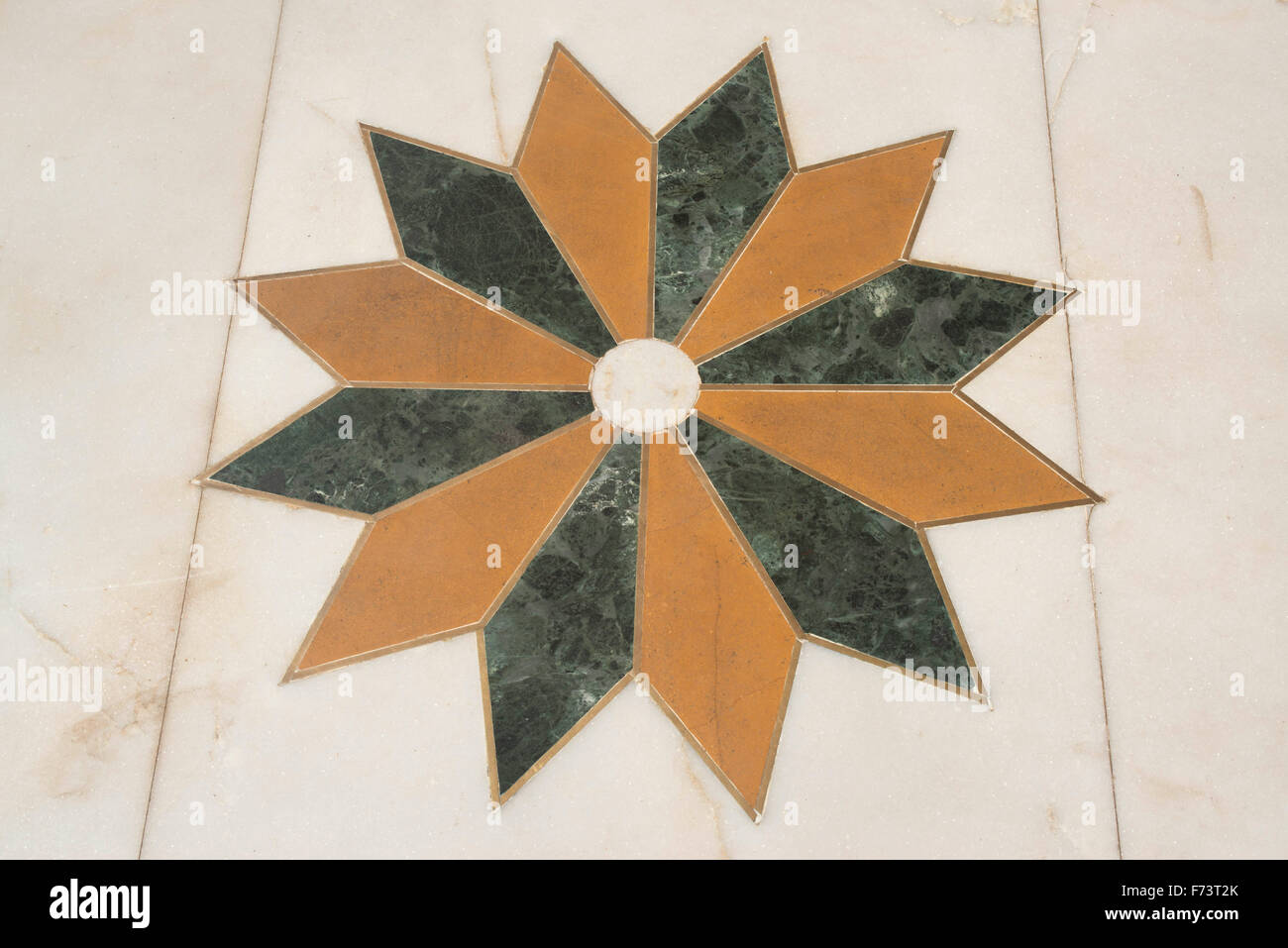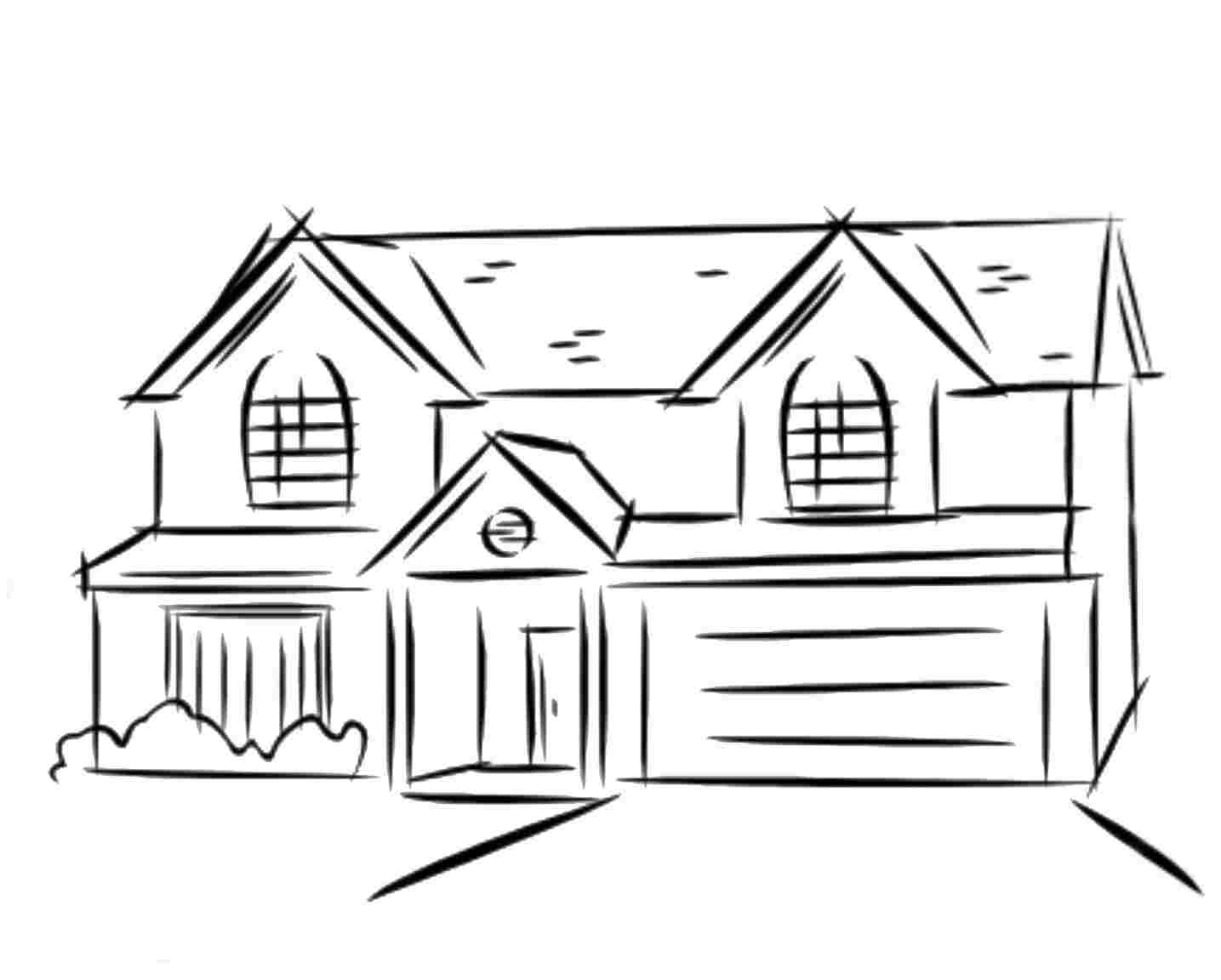Table Of Content

This perennial plant thrives in moist or wet soil, making it an excellent choice for areas near ponds, water features, or in areas that receive consistent moisture. Planting them in slightly acidic soil with good drainage is crucial to prevent waterlogging. Additionally, providing ample sunlight, at least six hours of direct or dappled sunlight per day, promotes healthy growth and vibrant blooms. Regular watering during dry spells and mulching around the base of the plants helps retain moisture and keep the soil consistently moist. Despite its compact size, the Japanese Dwarf Maple still embodies the essence of Japanese garden design.
Take Your Time
The most captivating feature, in our opinion, was the wonderfully wonky pine tree, leaning on its own crutch. Its unconventional shape meant it was rejected by other gardeners, but it was exactly this unusual form which made the designer want to use it. A pond is a requisite feature of most gardens, and it if it can be fed by a running stream to create miniature waterfalls, so much the better.
Abundant Zen Garden Greenery
In addition to livingetc.com, she's also written for homesandgardens.com, gardeningetc.com, Modern Gardens and Country Homes & Interiors magazines. Hard and soft landscaping combines for a sensory experience that leads you to a particular spot such as a tranquil pool. Water is another central element in Japanese gardens, especially if it’s of the flowing or tumbling kind. This can be achieved with a small pool (perfect for koi carp), waterfall or rill with water rippling over moss-covered stones. Large pebbles can be used to mirror the movement of flowing water and to create shimmering reflections.

Grow Japanese vegetables
Follow this step-by-step guide to create a Japanese garden at home. Having a good budget is an advantage, but you can always scale down and adapt as needed. You must have come across photos of Japan’s wisteria tunnels at some point.
Create movement with sand and gravel
Zen principles emphasize simplicity, mindfulness, and a deep connection with nature. Zen gardens are designed to inspire meditation and reflection, using elements such as raked gravel, stones, and moss to create a serene and contemplative atmosphere. Japanese gardens are characterized by their attention to detail, use of natural materials, and focus on creating a harmonious and balanced space. These gardens often incorporate elements such as rocks, water features, plants, and architectural structures to create a serene and tranquil environment.
You Can Grow It: Japanese gardens, xeriscaping, and planting with disposable diapers - KTVB.com
You Can Grow It: Japanese gardens, xeriscaping, and planting with disposable diapers.
Posted: Wed, 21 Nov 2018 08:00:00 GMT [source]
Go miniature with trees
Today she is lucky enough to have a garden of her own in Surrey, England, and spends much of her time writing about them too. Build on this strong statement by introducing furniture with striking black detailing too. This modern sofa set has a bold U-shaped aluminium frame and an extended low-level platform in teak to create a softer finish. The information you provide to Pacific Horticulture is NEVER sold, shared, or rented to others. A season can be counted in days; a garden’s life counted in hundreds of years. Kohei finds that being involved in a project on a daily basis leads him to achieve higher levels of inspiration as the project develops.
Regular division every few years can also help maintain the health and vigor of the grass, preventing overcrowding and promoting new growth. This is one of the most striking Japanese style gardens – you can’t miss this bright red Japanese bridge over an untroubled pond. Although not a subtle option, these gates are worth considering if you want to incorporate striking Japanese garden ideas into your back or front yard. They’re made from mid-tone wood with an oriental style roof and they certainly create some impact when approaching the garden. There are lots of options for Japanese garden planting, from maples and acers, to bamboo and long ornamental grasses. But there’s also another option – the ancient Japanese art of cloud-pruned topiary.

18 Unusual Garden Ideas To Consider The Family Handyman - Family Handyman
18 Unusual Garden Ideas To Consider The Family Handyman.
Posted: Thu, 24 Mar 2022 07:00:00 GMT [source]
Whether you have a small courtyard or a large backyard, a Japanese garden can be adapted to suit the available space. Smaller gardens may focus on creating a sense of tranquility in a confined area, while larger gardens can incorporate multiple areas and features. As evidenced through this selection of photographs, the garden design ideas vary in their composition and execution. Some include luscious and open green spaces, while others are more contained and have meticulous arrangements.
Low Maintenance Gardens – Better for Pollinators and People
Or you can create a greener and “lit” garden with flowers, moss, bonsais, and fairy-lights (they’re equally Zen!). Showcase the different features of Japanese gardens in an enclosed space. Create a gravel walkway and line it with rocks of varied shapes.
If you don’t live in Japan, some of the traditional Japanese garden plants may not survive in your climate zone. Be sure to introduce evergreen shrubs, bushes and ground cover so the garden has color in the winter. You can create space by including a pond, always a welcome feature in a Japanese garden. If you don’t have room for that, consider gravel or sand, either as a walkway covering or prominent feature. Sand and gravel should be natural, without artificial coloring. Everyone knows that getting out into nature is one of the most soothing things you can do, so it's no surprise that Zen gardens take inspiration from the natural landscape.
The Japanese concept of Ma is something that relates to all aspects of life. It has been described by many as a pause in time, an interval or emptiness in space. Ma is all about creating the sense of balance that has both movement and stillness. Adding a water feature is a wonderful garden decor idea that brings an extra dimension to the garden, providing a focal point and lending a sense of peace and tranquillity. Immaculate, serene and perfectly poised, these gardens have often taken a lifetime of study and devotion to produce.
If you seek a low-maintenance ground cover, consider Japanese spurge. It forms dense mats of evergreen foliage and produces small white flowers in spring. Ensure that the plants you choose are well-suited to your local climate and growing conditions. Consulting with local garden centers or horticulturists can provide valuable insights into the best plant selections for your area. One common mistake that people make with Japanese Forest Grass is planting it in full sun or in soil that is too dry. While it can tolerate some morning sun, direct afternoon sun can scorch the delicate foliage.
This arrangement is also a metaphor for the journey of life from the beginning to the end. Create a Zen garden representing a vast ocean–with rocks and sand instead of water. Surround it with low walls and plant a few rocks in the arrangement. Traditional Japanese gardens have their own style of beauty and aesthetics. With their oriental charm and cultural features, they stand apart from most Western gardens. Create an intimate space in your Japanese garden with a teahouse or pavilion made of bamboo or wood.










